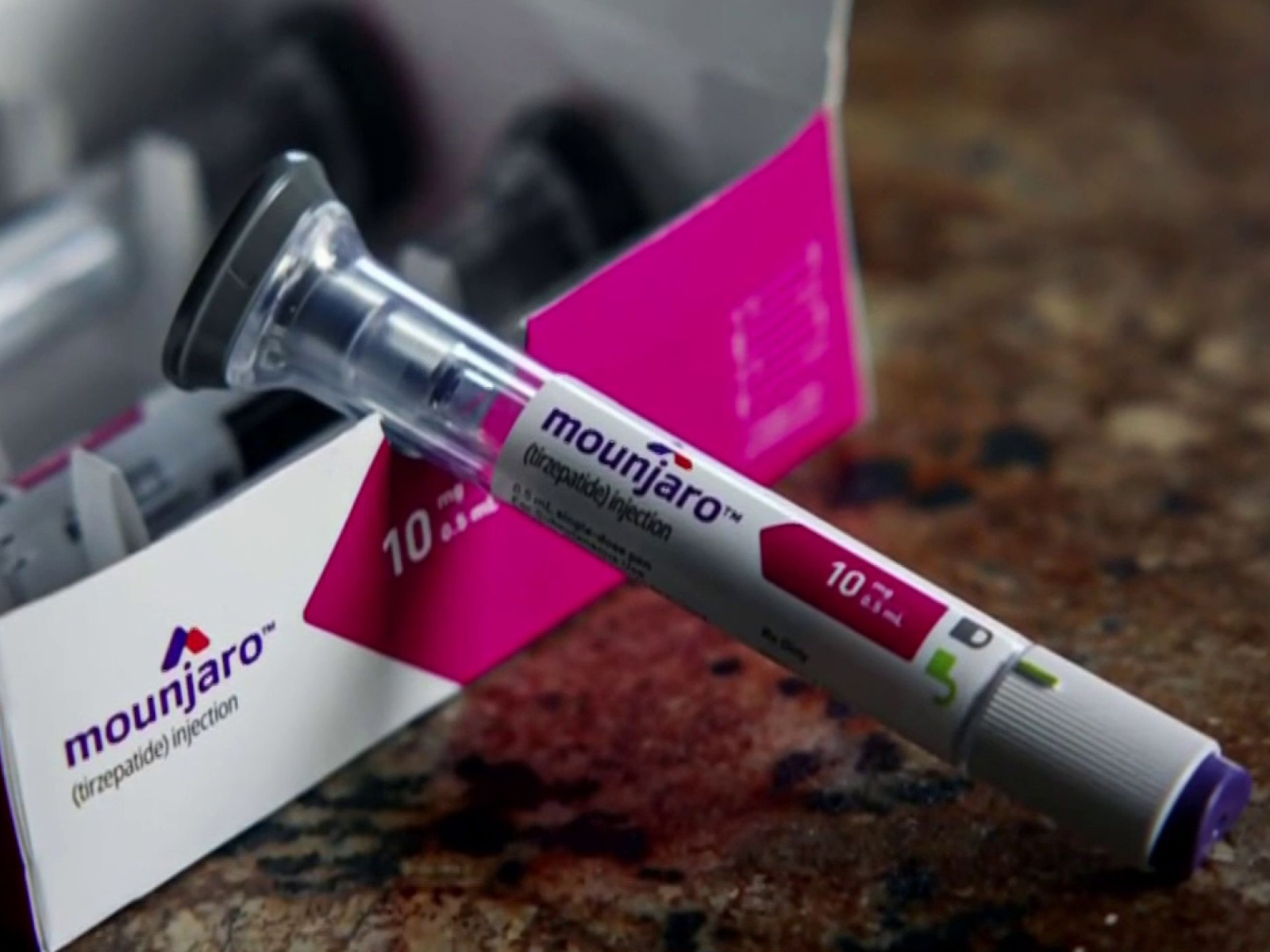Transform Your Look with Forehead Reduction Surgery
In the world of cosmetic surgery, forehead reduction surgery is gaining popularity as a means of achieving a more balanced and harmonious facial appearance. This surgical procedure is particularly sought after by individuals who feel that their foreheads are disproportionately large or that their hairlines have receded, affecting their overall aesthetics. With advances in medical techniques and technology, forehead reduction surgery has become a viable option for many looking to enhance their facial symmetry and confidence.
What is Forehead Reduction Surgery?
What is Forehead Reduction Surgery? also known as hairline lowering surgery, is a cosmetic procedure aimed at decreasing the height of the forehead. The surgery involves removing a section of the forehead skin and then repositioning the hairline lower on the forehead. This technique can create a more balanced appearance, especially for individuals with a naturally high hairline or those who have experienced hair loss. By adjusting the hairline and reducing the forehead’s prominence, patients can achieve a more proportionate look that enhances their facial features.
Understanding the Procedure
The procedure typically begins with a consultation, during which the surgeon evaluates the patient's facial structure and discusses their aesthetic goals. It is crucial for patients to express their expectations clearly to ensure that the surgeon can tailor the procedure to their individual needs. During the surgery, the patient is usually placed under local anesthesia with sedation or general anesthesia, depending on the complexity of the case and the patient’s comfort level.
The surgeon makes an incision along the hairline, allowing access to the underlying tissues. By removing excess skin and adjusting the hairline position, the forehead is effectively shortened. Once the desired result is achieved, the incisions are carefully closed with sutures. The surgery typically takes about one to two hours, depending on the specific requirements of the patient.
Recovery After Forehead Reduction Surgery
Post-operative recovery is an essential phase of the forehead reduction surgery process. Patients can expect some swelling and bruising around the forehead and scalp, which are normal reactions to the surgical procedure. Pain management is typically addressed with prescribed medication, and patients are advised to rest and limit physical activities for a specified period to facilitate healing.
During the initial recovery period, it is essential to follow the surgeon's aftercare instructions closely. This may include keeping the head elevated, avoiding strenuous activities, and refraining from hair washing for a short period to allow the incisions to heal properly. Sutures are usually removed within a week to ten days after the surgery, at which point many patients feel comfortable returning to their regular activities.
Results of Forehead Reduction Surgery
The results of forehead reduction surgery can be life-changing for many individuals. By lowering the hairline and reducing the overall forehead size, patients often report a boost in their self-esteem and satisfaction with their appearance. The change can lead to a more youthful and balanced look, allowing patients to feel more confident in social situations and everyday life.
It is important to note that the final results of the surgery may take several months to fully manifest as swelling subsides and the tissues settle into their new positions. While some patients may notice immediate changes, it is typical for the most significant transformations to become apparent after the healing process is complete.
Psychological Impact of Forehead Reduction Surgery
The decision to undergo forehead reduction surgery often stems from personal feelings of inadequacy or dissatisfaction with one's appearance. Many patients report experiencing a considerable psychological uplift following the procedure. The change in their appearance can lead to improved self-confidence, allowing them to engage more fully in social and professional situations.
However, it is essential for individuals considering this surgery to approach the decision thoughtfully. Consulting with mental health professionals can provide additional support, ensuring that the choice to undergo surgery aligns with their personal well-being and expectations.
Ideal Candidates for Forehead Reduction Surgery
Not everyone is a suitable candidate for forehead reduction surgery. Ideal candidates are typically individuals who are in good overall health, have realistic expectations about the outcomes, and are unhappy with the appearance of their foreheads or hairlines. It is crucial for potential candidates to undergo a comprehensive evaluation with a qualified surgeon to discuss their goals, any medical conditions, and potential risks involved in the surgery.
People with certain health conditions, such as diabetes or bleeding disorders, may face additional risks during surgery. Additionally, those who smoke or have a history of poor wound healing should discuss these factors with their surgeon to assess their suitability for the procedure.
Risks and Considerations
As with any surgical procedure, forehead reduction surgery comes with inherent risks and complications. These may include infection, scarring, changes in sensation, and the possibility of dissatisfaction with the aesthetic results. It is essential for patients to discuss these risks with their surgeon during the consultation process to make an informed decision.
Surgeons often employ techniques to minimize these risks, including using advanced suturing methods and ensuring a sterile surgical environment. Understanding the potential complications can help patients feel more prepared for the surgery and its aftermath.
Choosing the Right Surgeon
Selecting the right surgeon is a critical step in ensuring a successful outcome for forehead reduction surgery. Patients should look for a board-certified plastic surgeon with extensive experience in facial procedures, particularly those involving the forehead and hairline. Researching the surgeon's credentials, reviewing before-and-after photos of previous patients, and reading patient testimonials can provide valuable insights into their expertise and the quality of their work.
A thorough consultation should include discussions about the surgeon's approach, techniques used, and any concerns the patient may have. Open communication and trust in the surgeon’s abilities are crucial for achieving the desired results.
Preparing for Forehead Reduction Surgery
Preparation for forehead reduction surgery involves several steps to ensure a smooth experience. Patients may be advised to avoid certain medications, such as blood thinners and anti-inflammatory drugs, in the weeks leading up to the surgery to minimize bleeding risks. It is also beneficial for patients to arrange for someone to accompany them on the day of the surgery, as they may require assistance following the procedure.
Before the surgery, patients should prepare their home environment to facilitate recovery. This includes setting up a comfortable resting area, gathering necessary supplies for post-operative care, and ensuring that they have everything they need within easy reach.
What to Expect During the Initial Consultation
The initial consultation for forehead reduction surgery is a critical time for patients to gather information and express their desires. The surgeon will perform a thorough examination of the patient's forehead and hairline, discuss their aesthetic goals, and outline the surgical options available.
Patients should come prepared with questions about the procedure, recovery process, and potential outcomes. This is an opportunity to establish rapport with the surgeon and to ensure that the patient's expectations align with the realistic possibilities of the surgery.
Long-term Effects of Forehead Reduction Surgery
The long-term effects of forehead reduction surgery can be profound. Many patients find that their newfound confidence positively influences various aspects of their lives, from personal relationships to career opportunities. The change in their appearance may lead to enhanced social interactions and increased self-assurance in public settings.
Over time, the results of the surgery can help reshape how individuals view themselves. As they adapt to their new appearance, patients often report a greater sense of satisfaction with their overall look, contributing to their mental and emotional well-being.
Conclusion
Forehead reduction surgery offers a transformative option for individuals seeking to enhance their facial aesthetics and boost their self-esteem. By understanding the intricacies of the procedure, from the initial consultation to the long-term effects, patients can make informed decisions that align with their personal goals. With proper preparation, support, and skilled surgical care, many individuals have successfully transformed their looks through this innovative procedure, leading to lasting positive changes in their lives.
As cosmetic surgery continues to evolve, forehead reduction surgery stands out as a valuable option for those looking to achieve a more harmonious facial balance. Whether driven by aesthetic desires or personal insecurities, this surgery can be a significant step toward embracing a more confident self-image.




Comments
Post a Comment